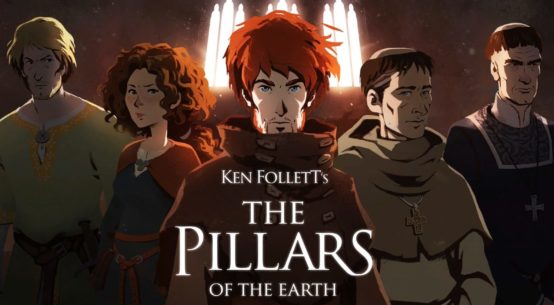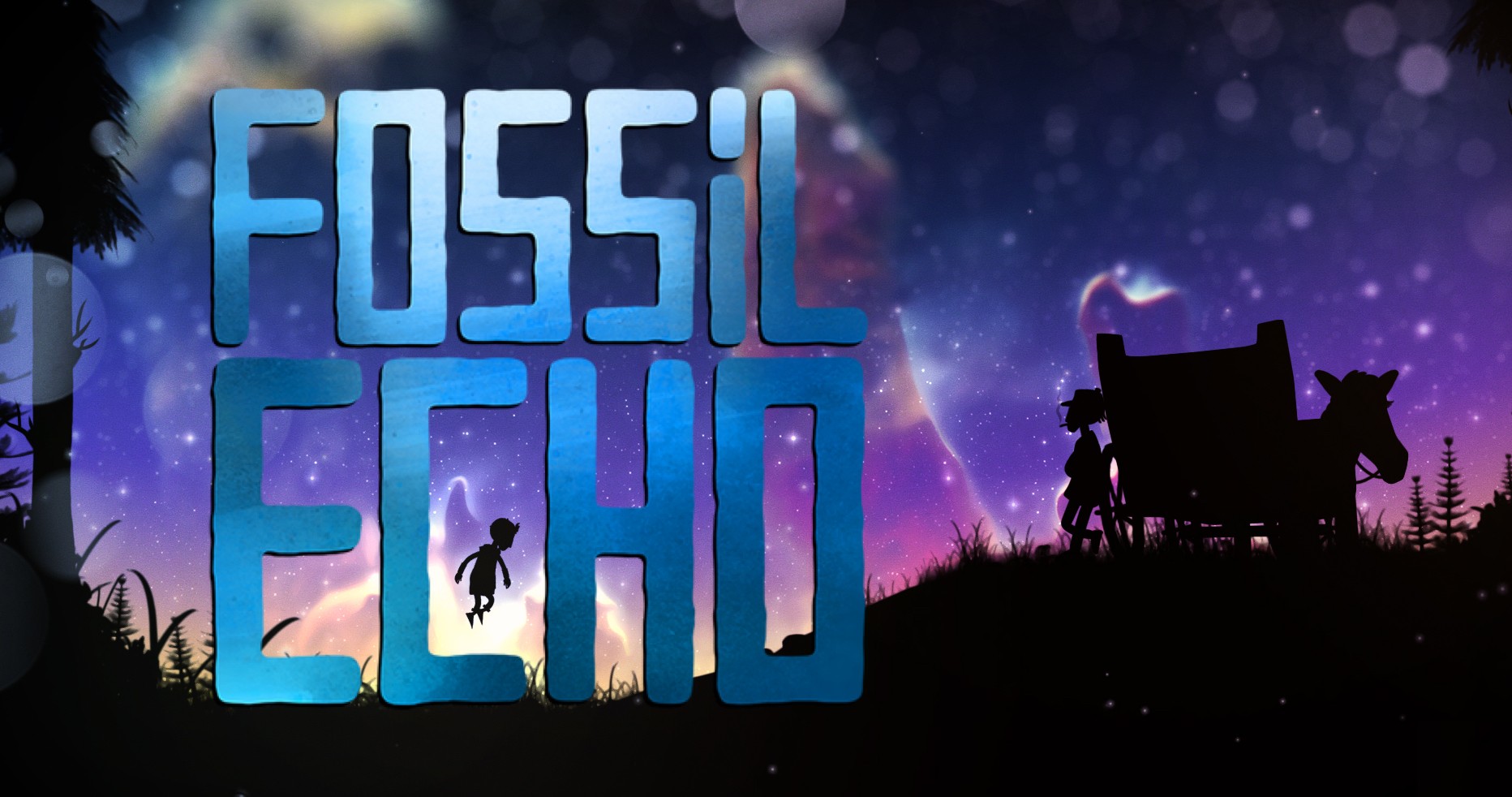
Reviewed by Doug Waters
Edited by Sam Hughes
Developer: Awaceb
Composer: John Robert Matz
Sound Design: A Shell in the Pit
Reviewed on: PC Steam
Fossil Echo tells the story of a young boy, who alone must climb a giant tower, whilst beset by mysterious foes and even more mystical allies. With it’s beautiful 2D hand drawn graphics, soaring music and crisp sound design, short but challenging, Fossil Echo will be sure to steal the heart of whoever plays it, gamer, composer and sound designer alike!
I first heard about Fossil Echo after hearing it mentioned numerous times on the Beards, Cats & Indie Game Audio by Gordon McGladdery of A Shell in the Pit. So naturally, being a big fan of BCAIGA, and considering the game’s G.A.N.G. Awards nominations for ‘Best Interactive Score’ and ‘Best Audio for an Indie Game’, including being winner of ‘Best Audio’ at Casual Connect USA, I jumped at the opportunity to review the game!
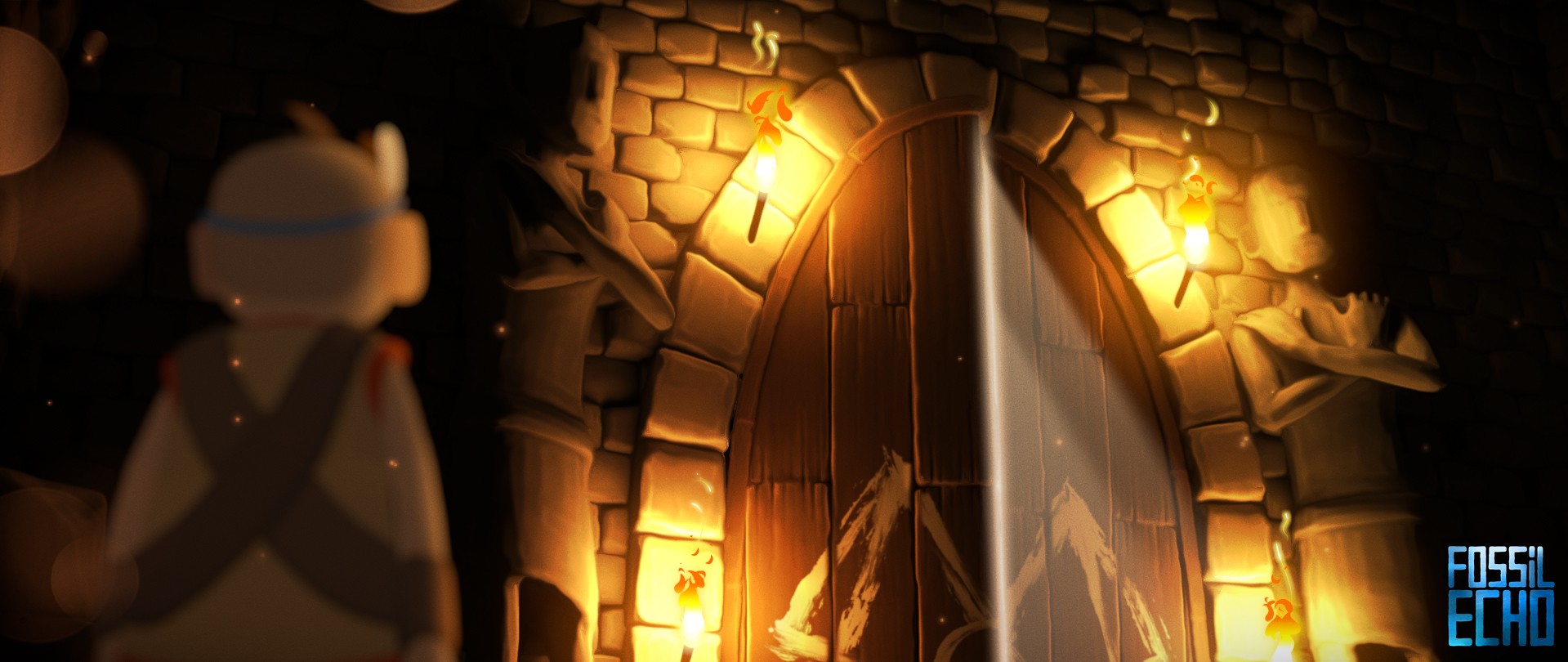
MUSIC
Written by John Robert Matz, composer for the BAFTA nominated ‘Gunpoint’, the music for Fossil Echo is bursting with melody and texture. In places the score seems very reminiscent of a Studio Ghibli film, something that the art style also seems to take influence from. The music perfectly fits the setting and it was particularly nice that it was used to increase tension and as an element of the story-telling during cutscenes. Given the lack of dialogue throughout the game, aside from the occasional grunt or sigh, the music is incredibly important in these scenes.
Whilst forming an underlying musical texture in moments of gameplay, little musical sound effects are also played upon the player character’s death and when interacting with certain objects in the world. These musical stingers and sound effects seem to be used to highlight important moments of gameplay such as death, respawn or when entering a new area.
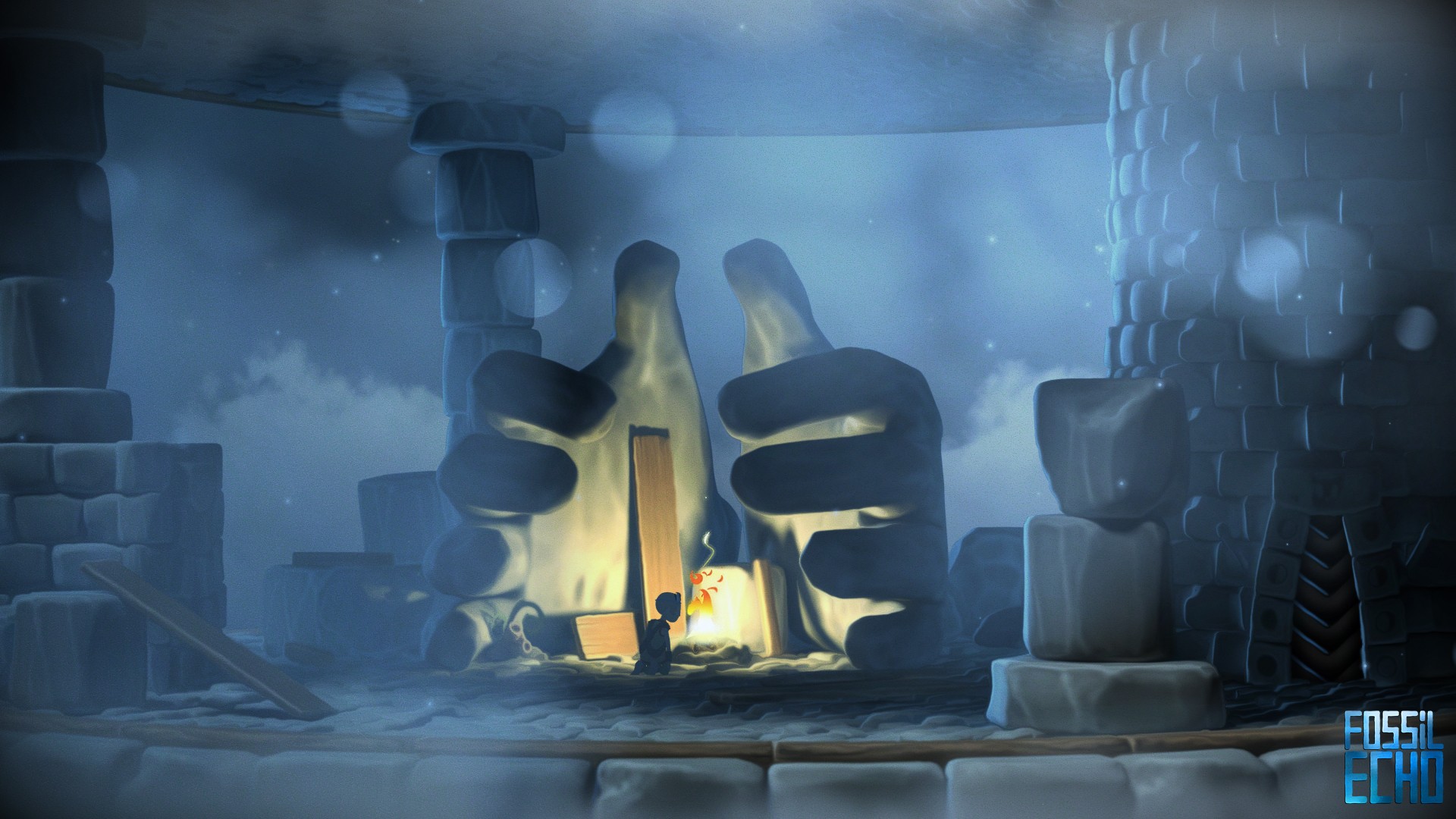
It’s a nice touch that in these moments, and when your character dies and respawns, that the underlying music continues playing, instead of just starting over. It gives a feeling of support to the player, encouraging them to continue, instead of teasing at their misfortune as in other games where a restart in the music can sometimes very quickly become repetitive and annoying. Given how challenging this game can be, not having the music restart upon every death is very welcome!
One of the key strengths of the music and how it’s been implemented is in the transitions between levels and areas. Not once did i feel that a musical change was jarring or out of place. Switching from soaring flute to dark ambient tones feels completely natural and gives the player a very seamless storytelling experience.
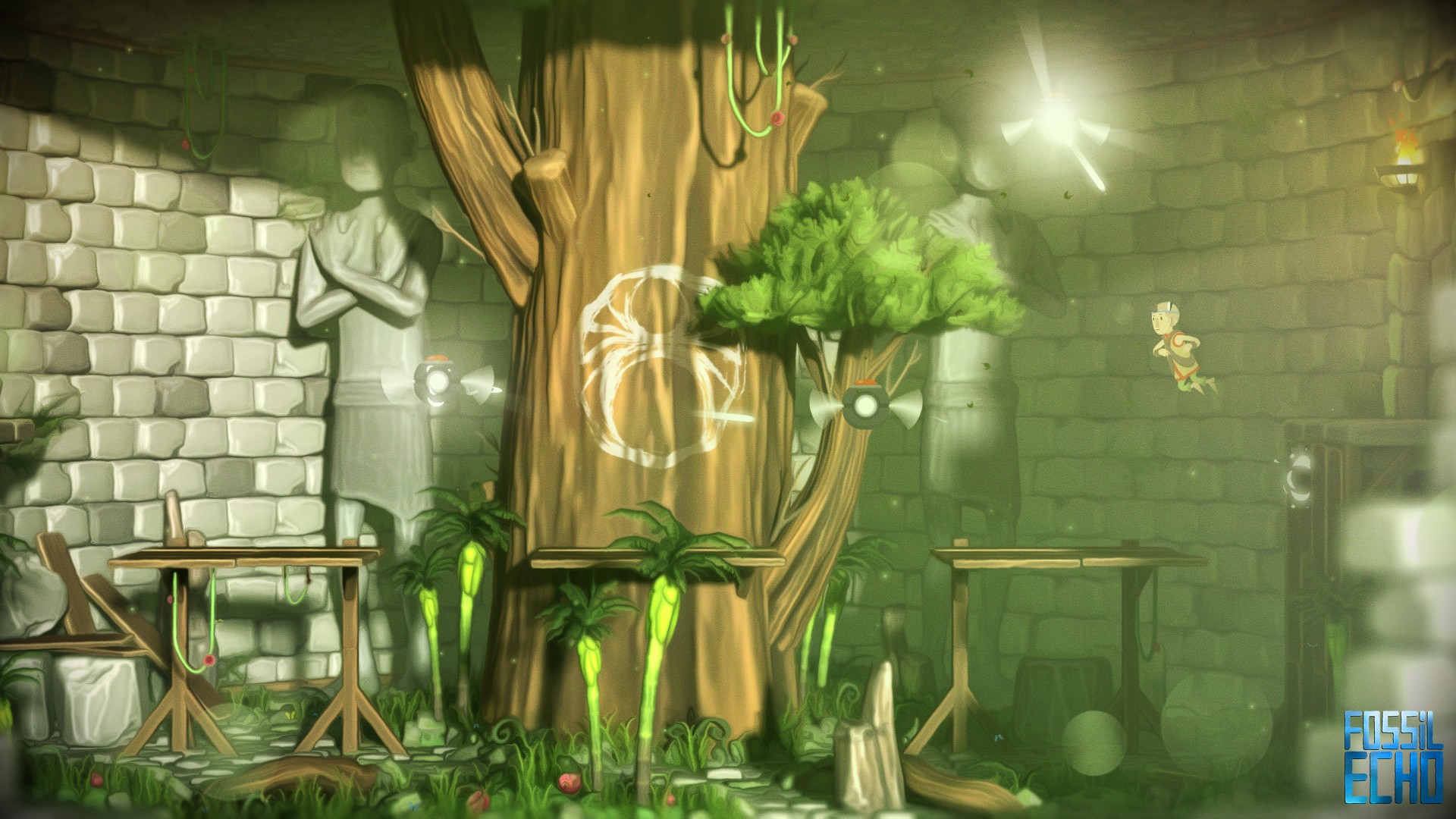
SOUND DESIGN
Just as the music has many textures and colours, so too does the sound design. Every sound you hear seems to perfectly punctuate the action performed by either the player or enemies in the game. So detailed are some of these sounds that they enhance the actions beyond what is being achieved just through the visuals alone. For instance, in one of the underground temple levels there are a series of wooden platforms that the player must traverse; and although it isn’t shown so much in the visuals, you can hear the creaking and splintering of these platforms as they collapse, enhancing the player’s imagination. It’s sound design like this that really helps to bring these actions and gameplay events into the real world, thus increases a player’s sense of engagement. And this sort of sound design is present throughout the game, from collapsing wooden platforms, to destroying flying robotic insect drones to knocking out unaware enemies.
One of my favourite features of the audio is how sounds are panned and attenuated based on distance from the player character. It’s something that’s most noticeable in levels with the flying robotic drone, as they get closer to the player, they become louder and pan more and more to the centre, and as they fly away they get quieter and the sounds pan to follow their direction, away from the player. Using the player location as the centre of the stereo field seems to work effectively to once again keep a player engaged with the actions they perform and how they might interact with the enemies around them.
CONCLUSION
It’s easy to see (and hear!) why Fossil Echo has been nominated for G.A.N.G.’s ‘Best Audio for an Indie Game’ award, in the time I spent playing the game, there was seemingly no fault I could find with either the music or sound design!
However the game throws you straight into the story, with no explanation of why you’re there or what you’re doing. And whilst I understand the story is intended to unfold in such a way that reveals these facts to you later on, I personally would’ve felt more invested in the game’s story (and by extension more engaged) with more of an introduction to the world. The game is seemingly completely devoid of dialogue, whilst intentional, I feel it would’ve benefitted from a small amount of narration, just to provide an introduction and give players a stronger grasp of the storyline from the off.
LINKS
Official
You can also follow this link to buy the original soundtrack for Fossil Echo on BandCamp!
We hope you enjoyed Doug’s review, check out others in our Reviews section. Don’t forget to sign up to our Monthly Newsletter to make sure you don’t miss out on our reviews and interviews.
We’re also running a Patreon campaign to make sure we can keep bringing you regular, high quality content if you’re feeling generous! Thanks for even sharing!
The Sound Architect



